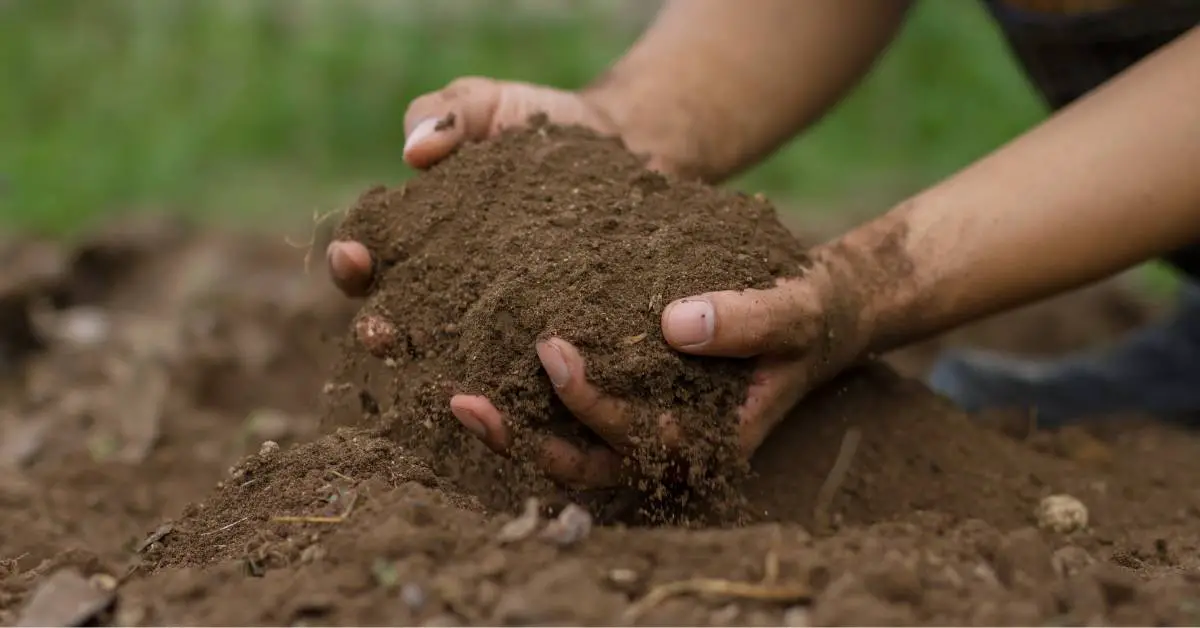What’s The Best Soil To Use In A Garden?
So you’ve decided to start a garden. Congratulations! You’ve taken the first step towards creating a beautiful and fruitful outdoor space.
But before you start planting your favorite veggies and flowers, there’s an essential question you need to address: what type of soil is best for your garden?
Just like any other living organism, plants need certain conditions to thrive and grow. Choosing the right soil is crucial to their success, as it affects their ability to absorb nutrients, retain moisture, and develop strong roots. In this blog post, we’ll explore the various types of soil and help you choose the best one for your garden.
So, grab a cup of coffee, put on your gardening gloves, and let’s dig in!
A. Topsoil
Topsoil is the uppermost layer of soil that’s high in organic matter and nutrients. It’s often used to improve soil quality in areas where the natural soil is poor or has been disturbed, such as construction sites. Topsoil works best when it’s mixed with existing soil, as it can be heavy and clumpy if used on its own.
If you’re planning to grow vegetables, topsoil can be an excellent choice, as it’s rich in nutrients that your plants will love.
B. Potting Soil
Potting soil, also known as soilless mix, is a blend of organic materials such as peat moss, perlite, and vermiculite. Potting soil doesn’t contain any natural soil, making it more lightweight and easy to work with. It’s an excellent choice for container gardening, as it provides excellent drainage and aeration to your plants’ roots.
Potting soil is also sterile, meaning it won’t harbor any pests or diseases that could harm your plants.
C. Sandy Soil
Sandy soil has larger particles and poor water retention, making it well-drained but prone to drying out quickly. This type of soil is best for plants that prefer drier conditions, such as cacti and succulents.
However, if you’re planning to grow vegetables, sandy soil may not be the best option, as it can’t hold onto nutrients well.
D. Clay Soil
Clay soil has smaller particles and higher water retention, making it heavy and prone to compacting. It can be challenging to work with, as it can become very hard when it’s dry and sticky when it’s wet. However, clay soil is rich in nutrients, making it an excellent choice for growing vegetables.
If you have clay soil in your garden, consider adding organic matter such as compost or manure to improve its structure and fertility.
E. Loamy Soil
Loamy soil is a combination of sandy, clay, and organic matter, making it the best type of soil for most plants. It’s well-drained yet has excellent water retention, making it easy to work with and rich in nutrients. If you’re lucky enough to have loamy soil in your garden, consider yourself blessed!
This type of soil is perfect for growing a variety of plants, including vegetables, fruits, flowers, and shrubs.
THE BOTTOM LINE:
Choosing the best soil for your garden can be a daunting task, but with some knowledge and research, it can also be a fun and rewarding one. Remember to consider factors such as your plant’s needs, drainage, and nutrient requirements when choosing a soil type. Whether you opt for sandy soil, loamy soil, or a blend of different soils, the key is to work with what you have and make the most of it.
Happy gardening!

